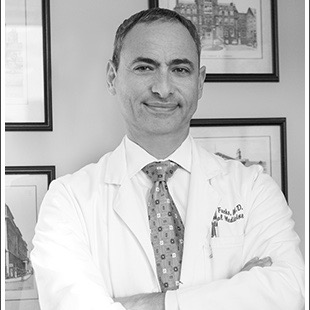This week actress ” target=”_blank”>National Cancer Institute lists the following groups of women as having a higher likelihood of a harmful BRCA1 or BRCA2 mutation.
-
For women who are not of Ashkenazi Jewish descent:
- two first-degree relatives (mother, daughter, or sister) diagnosed with breast cancer, one of whom was diagnosed at age 50 or younger;
- three or more first-degree or second-degree (grandmother or aunt) relatives diagnosed with breast cancer regardless of their age at diagnosis;
- a combination of first- and second-degree relatives diagnosed with breast cancer and ovarian cancer (one cancer type per person);
- a first-degree relative with cancer diagnosed in both breasts (bilateral breast cancer);
- a combination of two or more first- or second-degree relatives diagnosed with ovarian cancer regardless of age at diagnosis;
- a first- or second-degree relative diagnosed with both breast and ovarian cancer regardless of age at diagnosis; and
- breast cancer diagnosed in a male relative.
-
For women of Ashkenazi Jewish descent:
- any first-degree relative diagnosed with breast or ovarian cancer; and
- two second-degree relatives on the same side of the family diagnosed with breast or ovarian cancer.
Women without these family history patterns are very unlikely of having a harmful BRCA1 or BRCA2 mutation. If you believe you might be in one of these groups the best way to get tested is to first ” target=”_blank”>excellent and sobering article about how the drive to increase breast cancer awareness has unduly frightened hundreds of thousands of women, miscommunicated the benefits of mammograms, and failed to communicate the frequent harms of screening, Peggy Orenstein states that thousands of women consider double mastectomies after being diagnosed with low-grade breast cancer. In most women with localized breast cancer lumpectomies have been proven to be as effective as mastectomy in preventing recurrence, and the risk of breast cancer in the other breast is very low, so the decision to have a double mastectomy is driven purely by fear and a misunderstanding of the risk. It’s also important to know that bilateral mastectomies do not decrease the risk of breast cancer to zero because some breast tissue always remains. So preventive mastectomies are only helpful for women at very high risk of breast cancer, and even for them, preventive surgery isn’t the only option.
So I applaud Ms. Jolie for her courage in telling her story in the hopes that other high-risk women seek genetic counseling. And I hope that her fans understand that her decision and advice do not apply to the vast majority of women who are at average risk of breast cancer.
Learn more:
” target=”_blank”>BRCA1 and BRCA2: Cancer Risk and Genetic Testing (National Cancer Institute)
” target=”_blank”>Actress's Move Shines Light on Preventive Mastectomy (Wall Street Journal)
” target=”_blank”>Our Feel-Good War on Breast Cancer (New York Times Magazine)
Important legal mumbo jumbo:
Anything you read on the web should be used to supplement, not replace, your doctor’s advice. Anything that I write is no exception. I’m a doctor, but I’m not your doctor.























 More news and opinions than at a Shabbat dinner, right in your inbox.
More news and opinions than at a Shabbat dinner, right in your inbox.